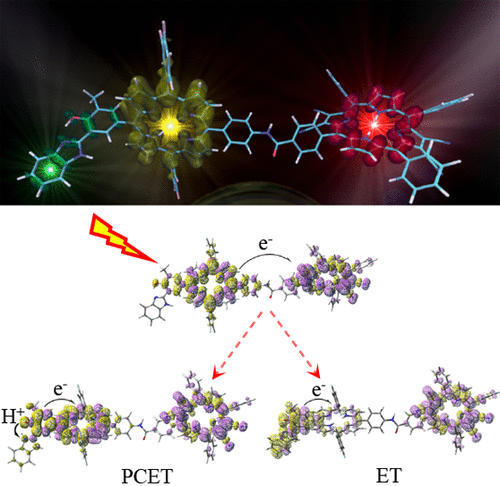A Comparative Investigation of the Role of the Anchoring Group on Perylene Monoimide Dyes in NiO‐Bas
DOI: 10.1002/cssc.201903182
Chemistry-Sustainability-Energy-Materials
The anchoring group of a sensitizer may strongly affect the overall properties and stability of the resulting dye‐sensitized solar cells (DSSCs) and dye‐sensitized photoelectrosynthetic solar cells (DSPECs). The properties of seven perylene monoimide (PMI) dyes have been comprehensively studied for their immobilization on nanocrystalline NiO film. The PMI dyes differ only by the nature of the anchoring group, which are: carboxylic acid (PMI‐CO2H), phosphonic acid (PMI‐PO3H2), acetyl acetone (PMI‐acac), pyridine (PMI‐Py), aniline (PMI‐NH2), hydroxyquinoline (PMI‐HQ), and dipicolinic acid (PMI‐DPA). The dyes are investigated by cyclic voltammetry and spectroelectrochemistry and modeled by TD‐DFT quantum chemical calculations. The mode of binding of these anchoring groups is investigated by infrared spectroscopy and the stability of the binding to NiO surface is studied by desorption experiments in acidic and basic media. The phosphonic acid group is found to offer the strongest binding to the NiO surface in terms of stability and dye loading. Finally, a photophysical study by ultrafast transient absorption spectroscopy shows that all dyes inject a hole in NiO with rate constants on a subpicosecond timescale and display similar charge recombination kinetics. The photovoltaic properties of the dyes show that PMI‐HQ and PMI‐acac give the highest photovoltaic performances, owing to a lower degree of aggregation on the surface.





